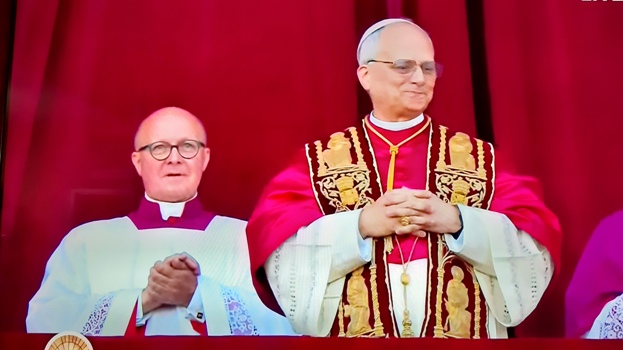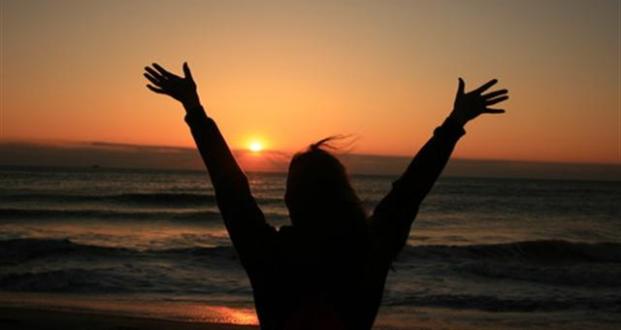Why Do Popes Change Their Names? A Sacred Tradition from Peter to Today

From Simon to Peter, Robert Prevost to Leo XIV: Why Popes Take New Names
When white smoke rises from the Sistine Chapel, signaling the election of a new pope, the world eagerly awaits the announcement:
“Habemus Papam!” (“We have a Pope!”)
But what often captures attention next is not just who was chosen—but what name he has chosen.
Why don’t popes keep their birth names? When and how did this tradition begin? And what’s the meaning behind their chosen names?
Let’s trace the roots of this sacred custom.
It All Begins With Peter: The First Pope
The tradition starts not with a conclave, but with Christ Himself.
Jesus gave Simon a new name:
“You are Peter, and upon this rock I will build my Church.” (Matthew 16:18)
The name “Peter” (Petros, meaning “rock”) signified a new mission—to be the visible head of the Church on earth. This sets a biblical precedent: when God gives someone a major new calling, He often gives them a new name—Abram becomes Abraham, Jacob becomes Israel, Saul becomes Paul.
In this sense, every pope follows in Peter’s footsteps, taking on a new name as a sign of spiritual transformation and mission.
When Did Popes Start Taking New Names?
Surprisingly, the first popes did not change their names. For the first few centuries, popes retained their given names, such as Linus, Cletus, and Clement. The practice of adopting a new papal name began in earnest in the 6th century.
- The first known instance was in 533 AD, when Mercurius, elected pope, decided that it would be inappropriate for the head of the Church to be named after a pagan Roman god (Mercury). So he adopted the name Pope John II, marking the beginning of a lasting tradition.
From then on, papal name changes became more common, especially during the Middle Ages, as popes began choosing names to reflect spiritual messages, honor saints, or align with past pontiffs.
What Guides a Pope’s Choice of Name?
Though there are no official rules, several strong traditions influence the choice of a papal name:
- Honoring a Previous Pope
Many popes choose the name of a saintly or admired predecessor whose legacy they wish to continue.- Pope John Paul II chose his name in honor of John XXIII and Paul VI.
- Pope Benedict XVI referenced Benedict XV, known for peace efforts during World War I.
- Signaling a Mission or Spiritual Priority
Some names are chosen to express a pope’s intended focus or inspiration.- Pope Francis chose his name after St. Francis of Assisi, signaling humility, poverty, and care for creation.
- Devotion to a Particular Saint
Some popes take the name of a saint they personally revere.- Pope Leo XIII chose “Leo,” a name borne by the great defender of the Church, Leo the Great.
- Avoidance of Certain Names
Out of reverence, no pope has ever taken the name Peter II—to honor the unique and foundational role of Saint Peter. It is widely held that Peter’s name is sacred and unrepeatable.
When Do They Decide?
The decision is made immediately after the election, in the Sistine Chapel. Once a cardinal accepts his election, he is asked:
“By what name shall you be called?”
He declares his new name to the Cardinal Dean, and it is then announced to the world:
“Annuntio vobis gaudium magnum: Habemus Papam…”
(“I announce to you a great joy: We have a Pope…”)
The choice of name is one of the pope’s first acts—an intentional, symbolic beginning to his pontificate.
A Name That Speaks Volumes
The papal name is more than a title—it is a vision statement, a signpost of what the pope values and what direction he hopes to take the Church.
- Pope John XXIII symbolized openness and the coming of the Second Vatican Council.
- Pope Paul VI emphasized missionary outreach and dialogue with the modern world.
- Pope John Paul II embodied global evangelization and the dignity of the human person.
- Pope Francis challenges us toward simplicity, mercy, and ecological responsibility.
A Name Chosen with Prayer
Choosing a name is not taken lightly. It is done in prayer, surrounded by centuries of tradition and the weight of Peter’s chair. The pope is stepping into a lineage over 2,000 years old—a shepherd for more than a billion Catholics.
Each name echoes through history—and shapes it.






